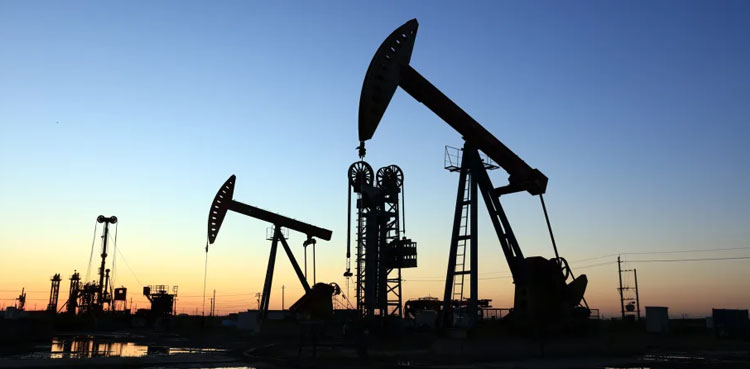Brent crude futures for August had risen 21 cents, or 0.2%, to $120.79 a barrel by 0413 GMT after closing on Tuesday at the highest since May 31.
U.S. West Texas Intermediate crude for July was at $119.75 a barrel, up 34 cents, or 0.3%, after reaching its highest settlement since March 8 in the previous session.
Analysts polled by Reuters expect data for last week to show another drawdown of U.S. crude inventories, although gasoline and distillates stocks could edge higher.
“The oil market is expected to remain tight as the supply side will continue to tell a story of low inventories. Crude oil inventories will likely post more draws as driving season and vacationing heats up,” OANDA analyst Edward Moya said in a note.
However, figures from the American Petroleum Institute showed that U.S. crude and oil products inventories rose last week.
The U.S. Energy Information Administration (EIA) will report last week’s stock levels at 10:30 a.m. EDT (1430 GMT) on Wednesday.
The World Bank on Tuesday slashed its global growth forecast for 2022 by nearly a third, warning that Russia’s invasion of Ukraine had compounded damage from the COVID-19 pandemic, and that many countries now faced recession.
Meanwhile, global crude and oil products supplies remain tight, boosting Asian refiners’ diesel margins to record levels, as Western sanctions hamper exports from major producer Russia.
The CEO of global commodities trader Trafigura said oil prices could soon hit $150 a barrel and go higher this year, with demand destruction likely by the end of the year.

Most refineries globally are already running close to capacity to meet rising demand from pandemic recovery and to replace lost Russian supplies.
JP Morgan analysts estimate that Russia has cut about 500,000 to 700,000 barrels per day of oil products exports, because it now finds marketing fuel harder than marketing crude.
“Unless new Middle East capacity comes online more quickly than we expect or China decides to lift its products export caps, the shortage of clean products will only get worse as demand for transport fuels picks up during the northern hemisphere summer,” they said in a note.
On Tuesday, China topped up its first batch of product export quotas aimed at reducing high domestic inventories, which have risen as pandemic lockdowns have dented demand. Despite the latest additions to the quotas, their volumes remain much lower than last year, however.
from Business News updates - Latest news stories on Economy from Pakistan https://ift.tt/hDKg4lS
via IFTTT
/cloudfront-us-east-2.images.arcpublishing.com/reuters/RNNDO3SV3ZK3VEC5CC2HQWJQVU.jpg)